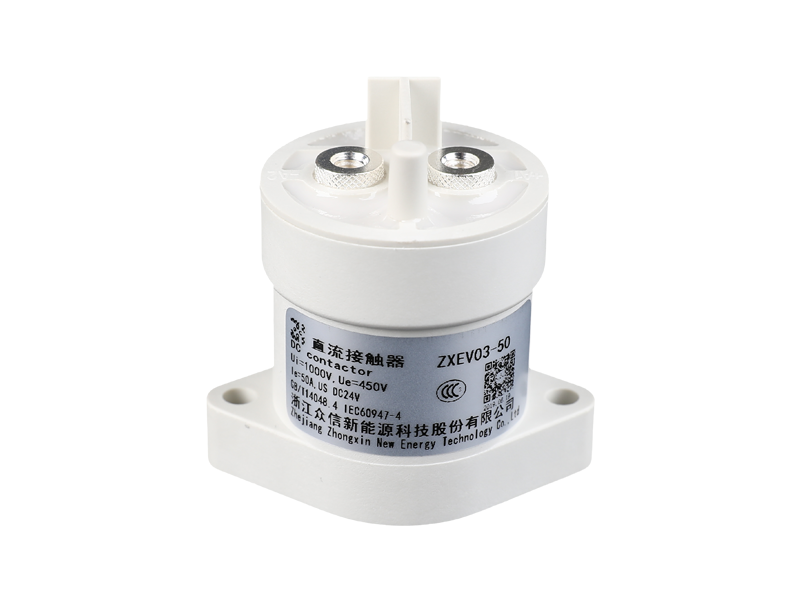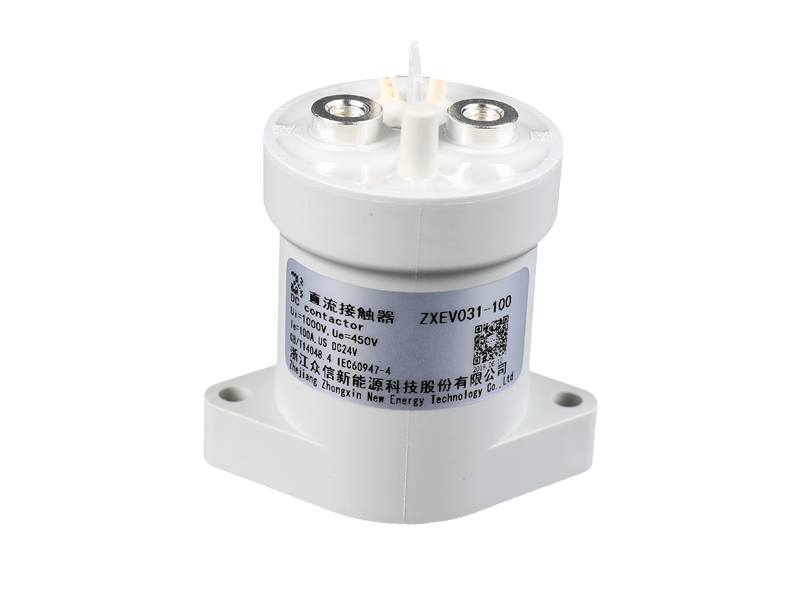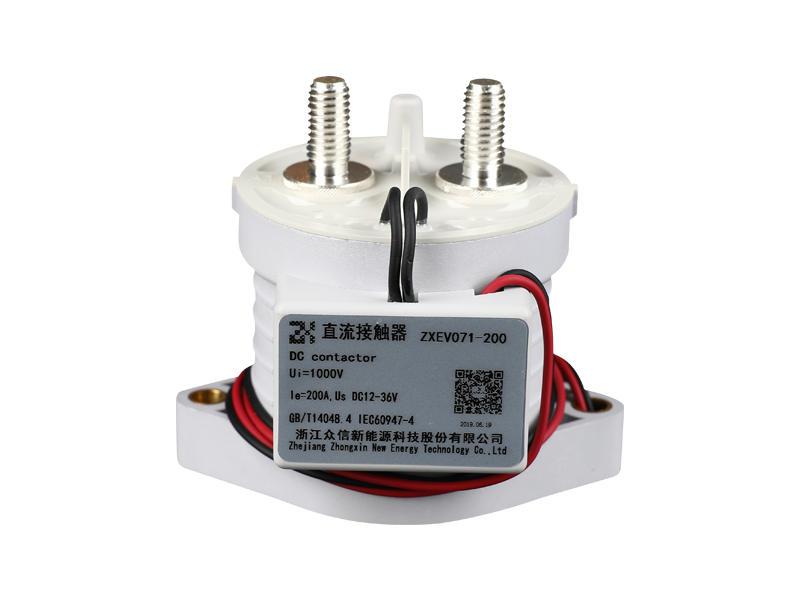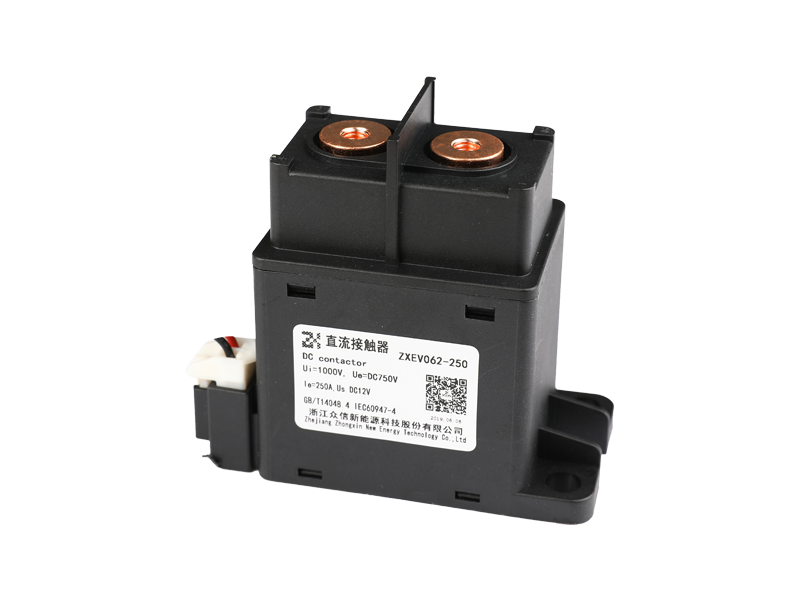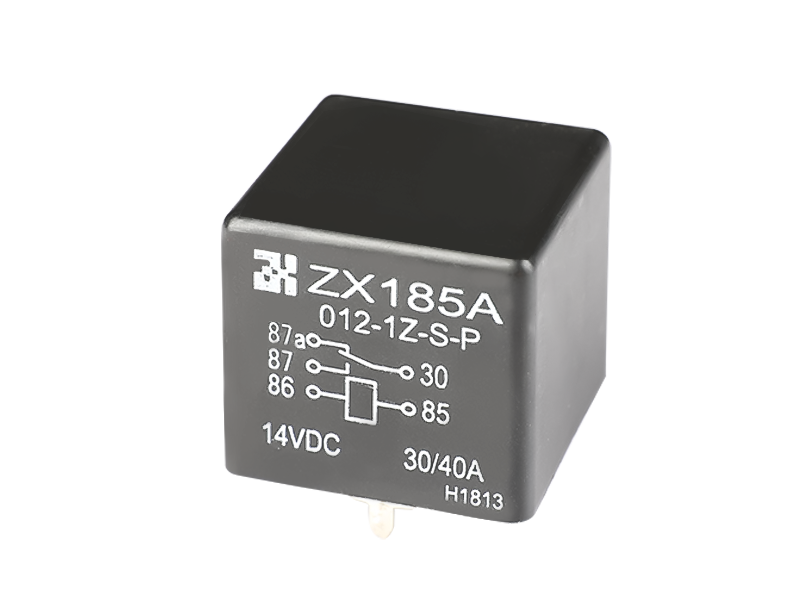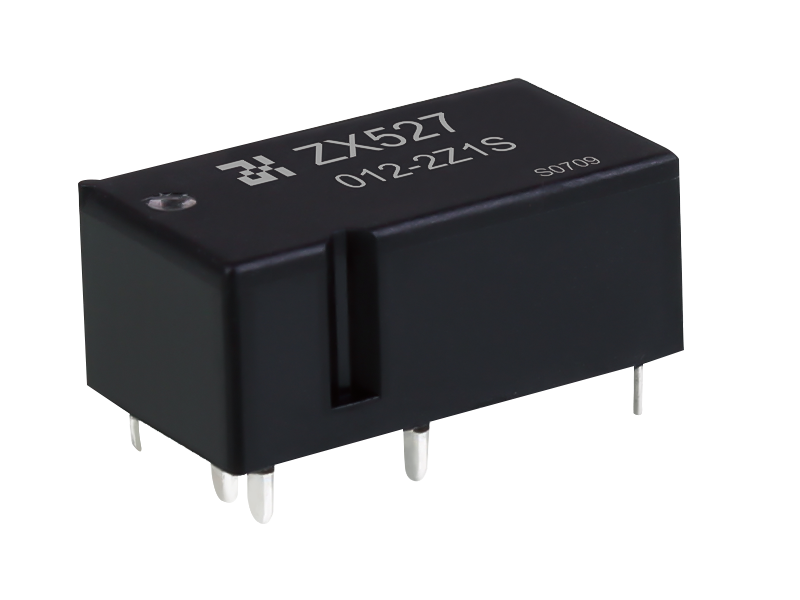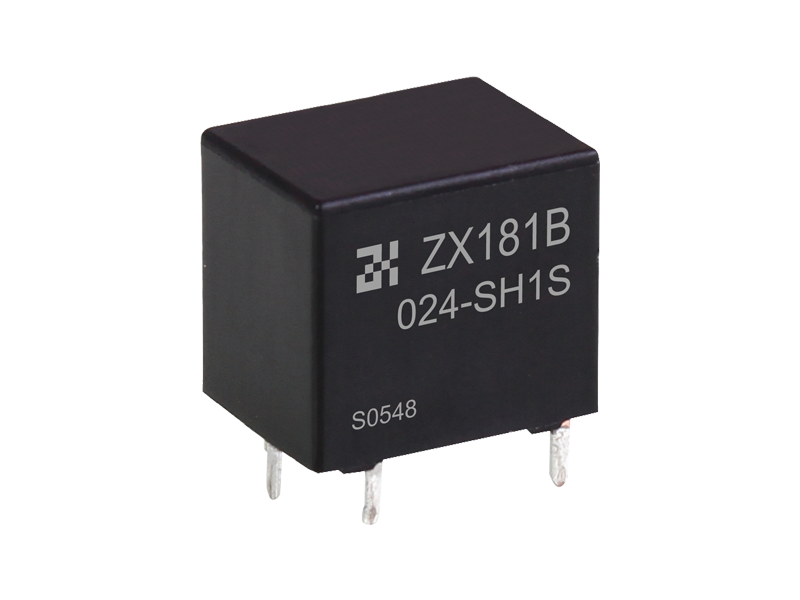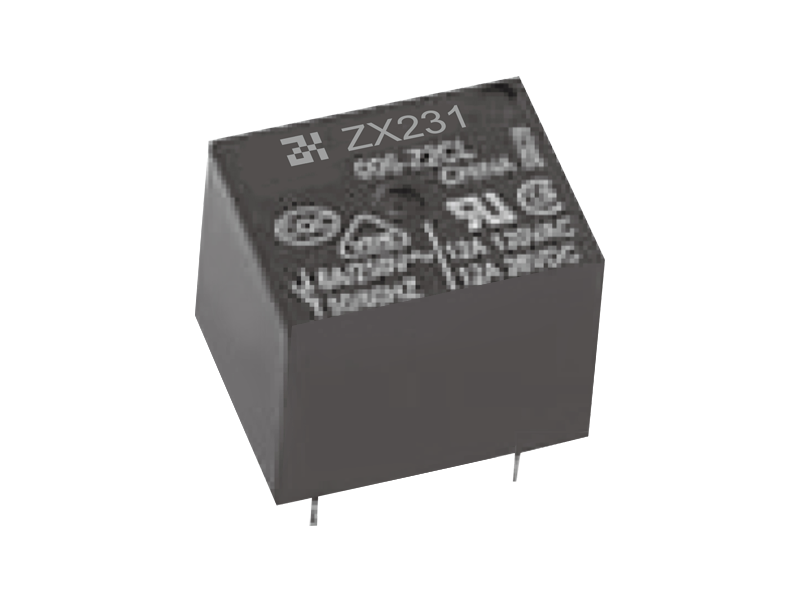The reason why there is "what is the difference between relay control and contactor control" is because there are both similarities and differences between the two.
The difference between the two is that they rely on controlling the on and off of small currents or low voltages in the coil, causing the presence or absence of magnetism of the electromagnet to attract or release the armature, driving the on and off of the contact switch, thus controlling more Electrical components that make or break circuits with current or higher.
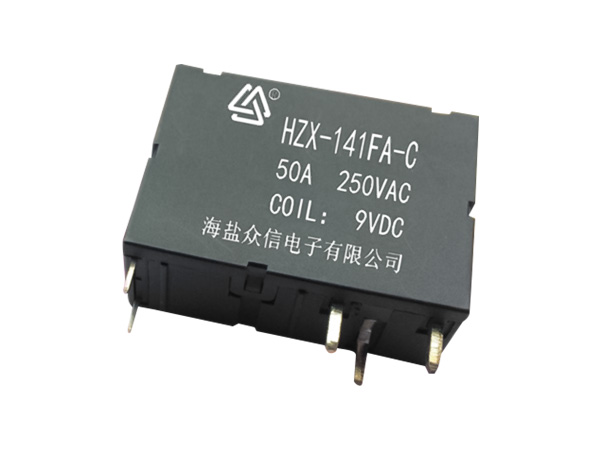
The difference between the two is:
The magnitude of the controlled current. The maximum current allowed by relay contacts is less than 1A, mostly 1 ~ 2A, and the maximum current does not exceed 5A; the maximum current allowed for contactor contacts is not less than 9A.
The presence of arc-extinguishing cover. The relay has a small on-off current. Although it may generate sparks, it will not form an arc, so there is no arc extinguishing cover; contactors, especially those with large control currents, generally have arc extinguishing covers.
Contact setting. Relay contacts are generally not divided into main and auxiliary, and are set in pairs. Normally open contacts are combined with normally closed contacts; contactor contacts are not set in pairs.
Additional functions. Relays can be connected into logical operation functions as needed, or combined with other equipment or components and parts to form time relays, pressure relays, sound relays, lightness relays, counters, etc .; contactors generally do not have these additional functions.
Use occasions. The relay is generally used in the control circuit where the controlled signal or current is not too strong, and plays the role of signal detection, transmission, conversion, and processing; the contactor is generally used for on-off control of the main (power supply) circuit.
Self-locking function. The contactor is used to make and break loads with large power. To prevent the main circuit from automatically breaking due to vibration, the main contact sometimes needs to be connected to an auxiliary excitation coil with a self-locking function; the relay does not need to have This self-locking function.

